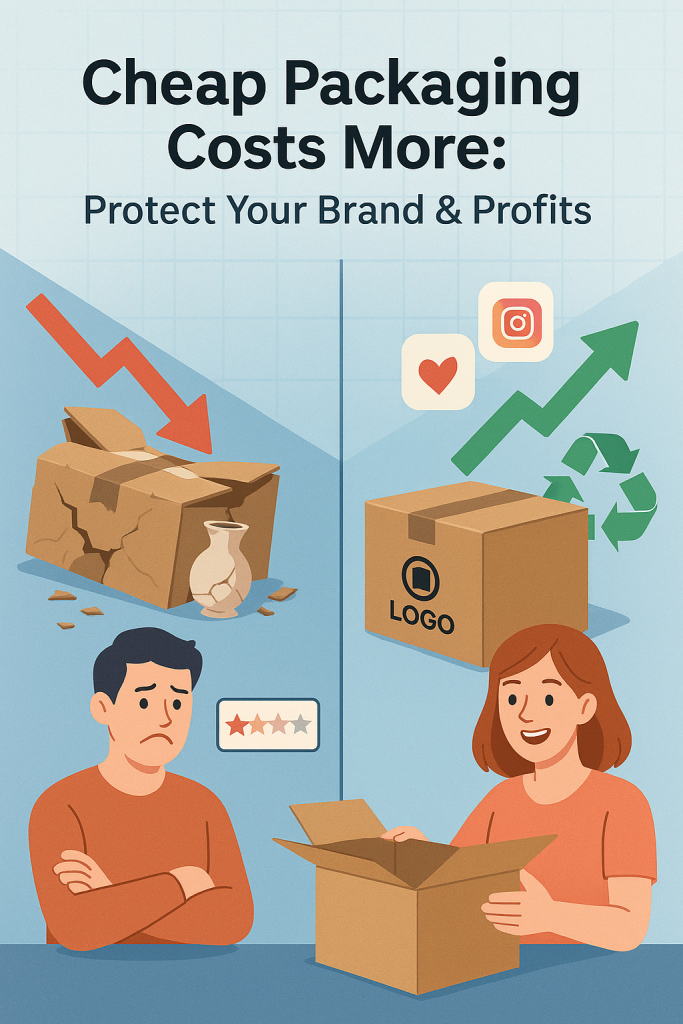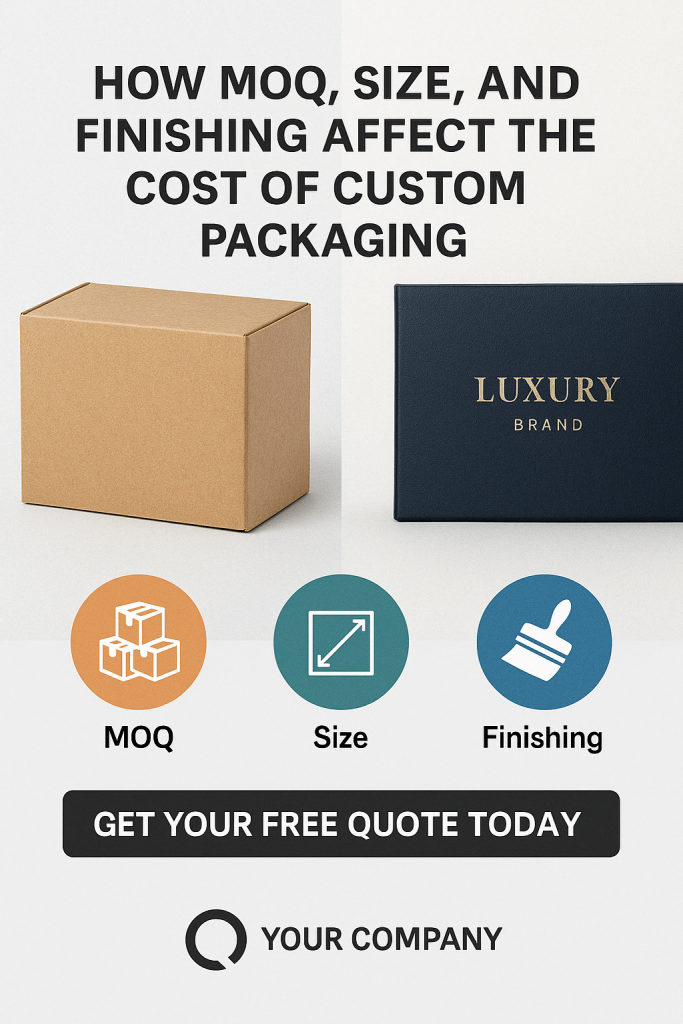Packaging is more than just a container for your product; it’s a powerful marketing tool that can significantly impact consumer behavior. This article delves into the psychology of packaging, focusing on how paper boxes can influence buying decisions. By understanding the subtle cues and emotional triggers associated with packaging, businesses can create designs that not only attract but also convert potential buyers.
The Power of First Impressions
First impressions are crucial in the fast-paced world of consumer goods. Packaging is often the first interaction between a product and a consumer, shaping their initial perceptions. A well-designed paper box can capture attention, evoke curiosity, and create a lasting connection. Studies show that consumers make subconscious judgments about products within seconds, and packaging design plays a pivotal role in this process.
Visual Appeal and Aesthetics
Humans are visual creatures, and our brains respond strongly to certain visual stimuli. Colors, shapes, fonts, and images all contribute to how we perceive a product.
- Colors: Bright and bold colors evoke excitement, while muted tones suggest sophistication. Color choice should align with the brand’s identity and desired message.
- Shapes and Structures: Unique shapes can make a product stand out, but practicality is essential. Balance creativity with functionality.
- Imagery: Images should be visually appealing and relevant to the product, conveying the brand’s story and values.
Emotional Connection
Packaging has the power to evoke emotions, which significantly influence purchasing decisions. When consumers feel a positive emotional connection, they’re more likely to buy.
- Nostalgia: Vintage-style boxes can evoke fond memories.
- Luxury: Sleek, minimalist designs can convey a premium image.
- Personalization: Custom messages or illustrations create a personal touch, fostering brand loyalty.
Perceived Value and Quality
Consumers often associate high-quality packaging with high-quality products. A sturdy, well-crafted paper box enhances perceived value.
- Attention to Detail: Embossing, foiling, and high-quality printing elevate the product’s perceived value.
- Sustainability: Eco-friendly packaging appeals to environmentally conscious consumers.
Branding and Storytelling
Packaging is a physical representation of your brand. Consistent branding builds recognition and trust.
- Brand Identity: Logos, taglines, and brand colors should be prominent.
- Storytelling: Convey your brand’s story and values through visuals and text, creating a deeper connection with consumers.
Functional Aspects and Convenience
While aesthetics are important, packaging must also be functional.
- Ease of Use: Packaging should be easy to open, close, and store.
- Product Protection: The packaging should protect the product during shipping and handling.
- Space Efficiency: Optimize packaging size to reduce waste and improve convenience.
Cultural Influences and Trends
Consider cultural factors and packaging trends when designing your paper boxes.
- Cultural Sensitivity: Understand the cultural preferences of your target market.
- Trend Awareness: Stay updated on packaging trends to maintain a modern look.
The Unboxing Experience
The unboxing experience has gained significance in recent years.
- Memorable Moments: Create a delightful unboxing experience with branded elements and surprises.
- Customer Satisfaction: A positive unboxing experience increases the likelihood of repeat purchases.
Conclusion
Paper boxes are more than just containers; they’re powerful marketing tools that can influence buying decisions. By understanding the psychology of packaging and incorporating these principles into your design, you can create packaging that resonates with your target audience and drives sales.
Additional Tips:
- Use high-quality materials and finishes.
- Keep the design simple and clean.
- Use relevant colors and images.
- Ensure easy opening and use.
- Prioritize environmental friendliness.
By following these guidelines, you can create paper boxes that stand out and leave a lasting impression on consumers.
Would you like to explore a specific aspect of packaging design in more detail?








